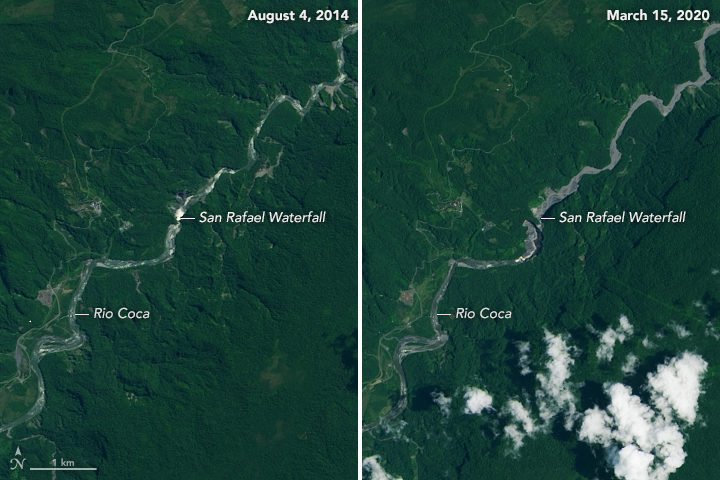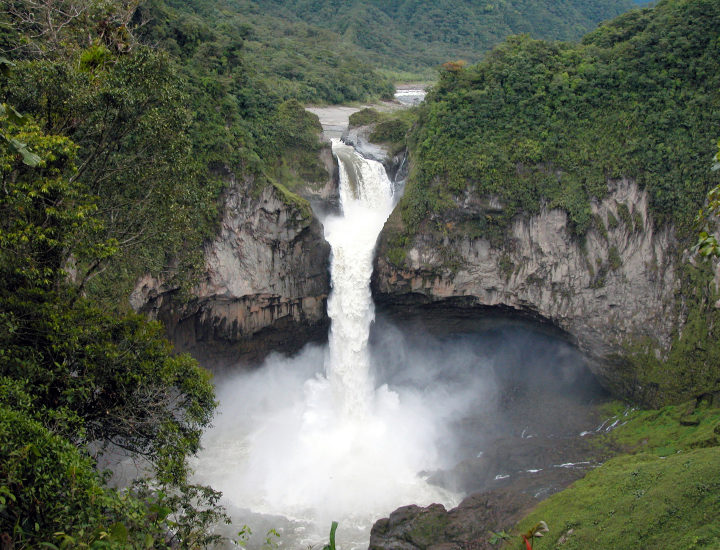OF THE
TIMES
When Russia takes Kiev, they will all cry "we told you so" and keep on arguing for bigger military spending. I don't think that Russia is...
the deranged have the pedestal, and if it wasn't for those that are prepared to dance to their tune - they could blather nonsense all day long...
In brief, an enduring element of Polish foreign policy between its former conservative-nationalist government… Dear Readers: please be aware, that...
Didn't even mention he now ranches cattle..... In Hawaii.
Using the above article as a foundation, I want to share a thought with you today. However, this thought will apply to all actions, both political...
To submit an article for publication, see our Submission Guidelines
Reader comments do not necessarily reflect the views of the volunteers, editors, and directors of SOTT.net or the Quantum Future Group.
Some icons on this site were created by: Afterglow, Aha-Soft, AntialiasFactory, artdesigner.lv, Artura, DailyOverview, Everaldo, GraphicsFuel, IconFactory, Iconka, IconShock, Icons-Land, i-love-icons, KDE-look.org, Klukeart, mugenb16, Map Icons Collection, PetshopBoxStudio, VisualPharm, wbeiruti, WebIconset
Powered by PikaJS 🐁 and In·Site
Original content © 2002-2024 by Sott.net/Signs of the Times. See: FAIR USE NOTICE


Reader Comments